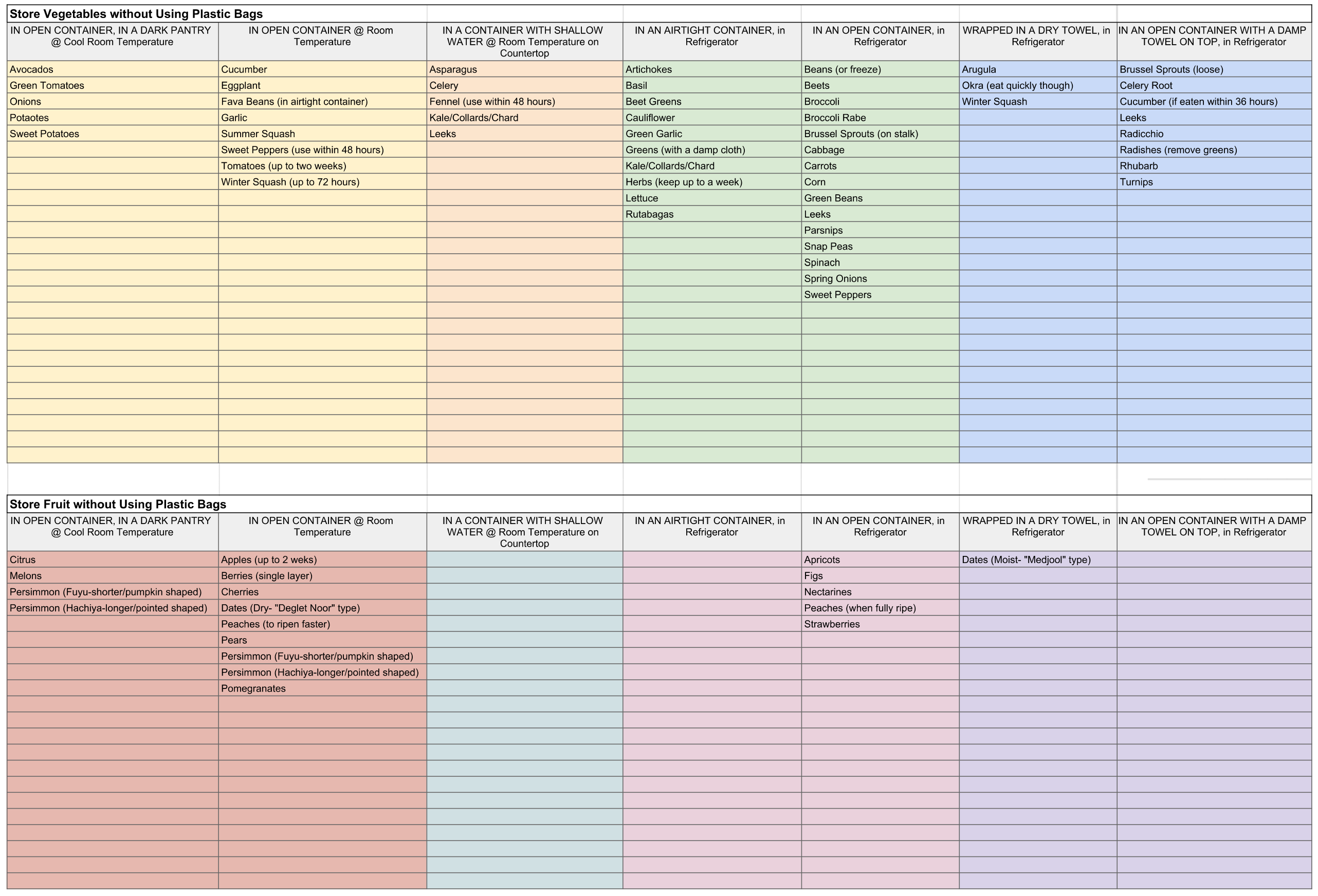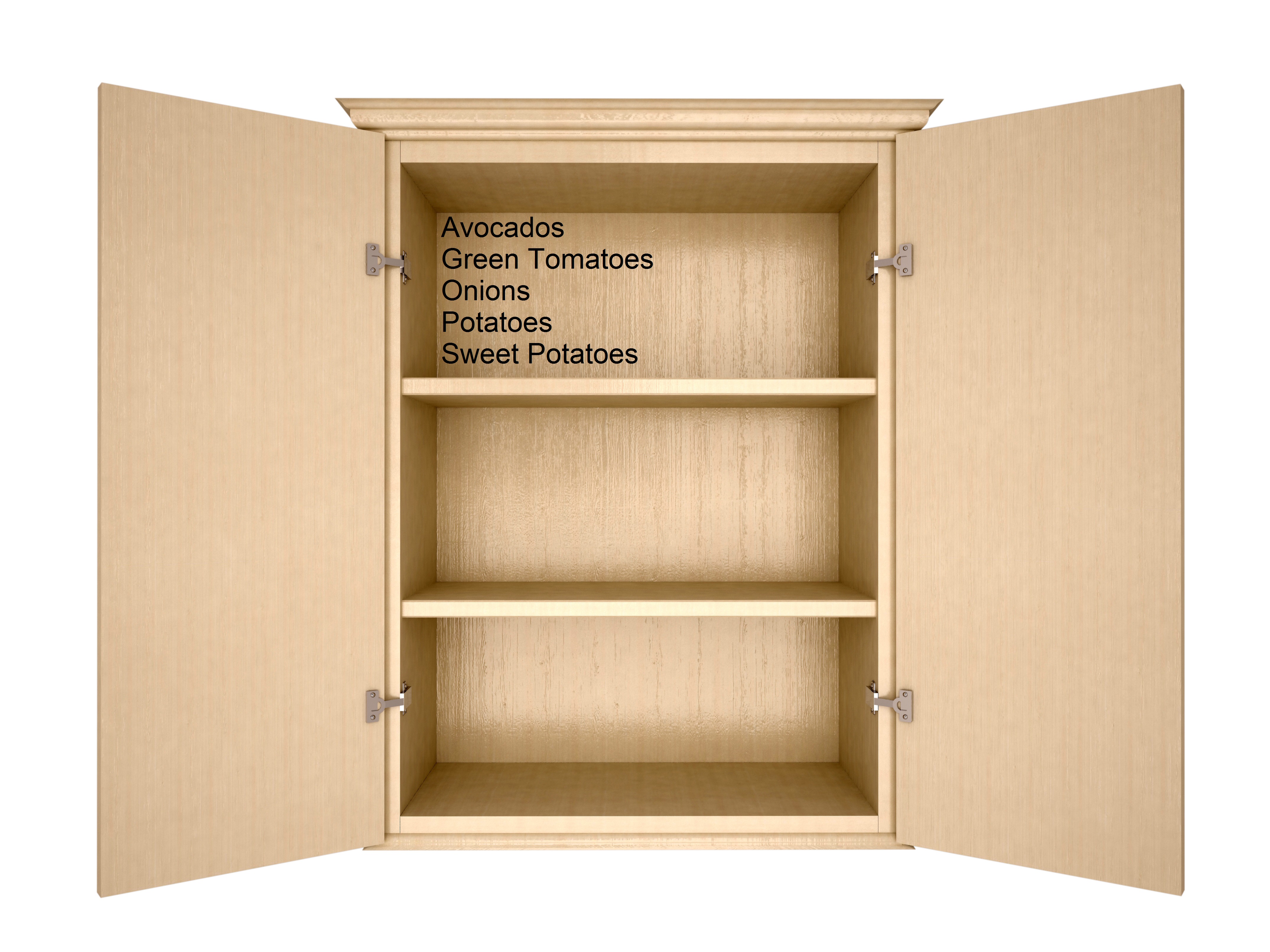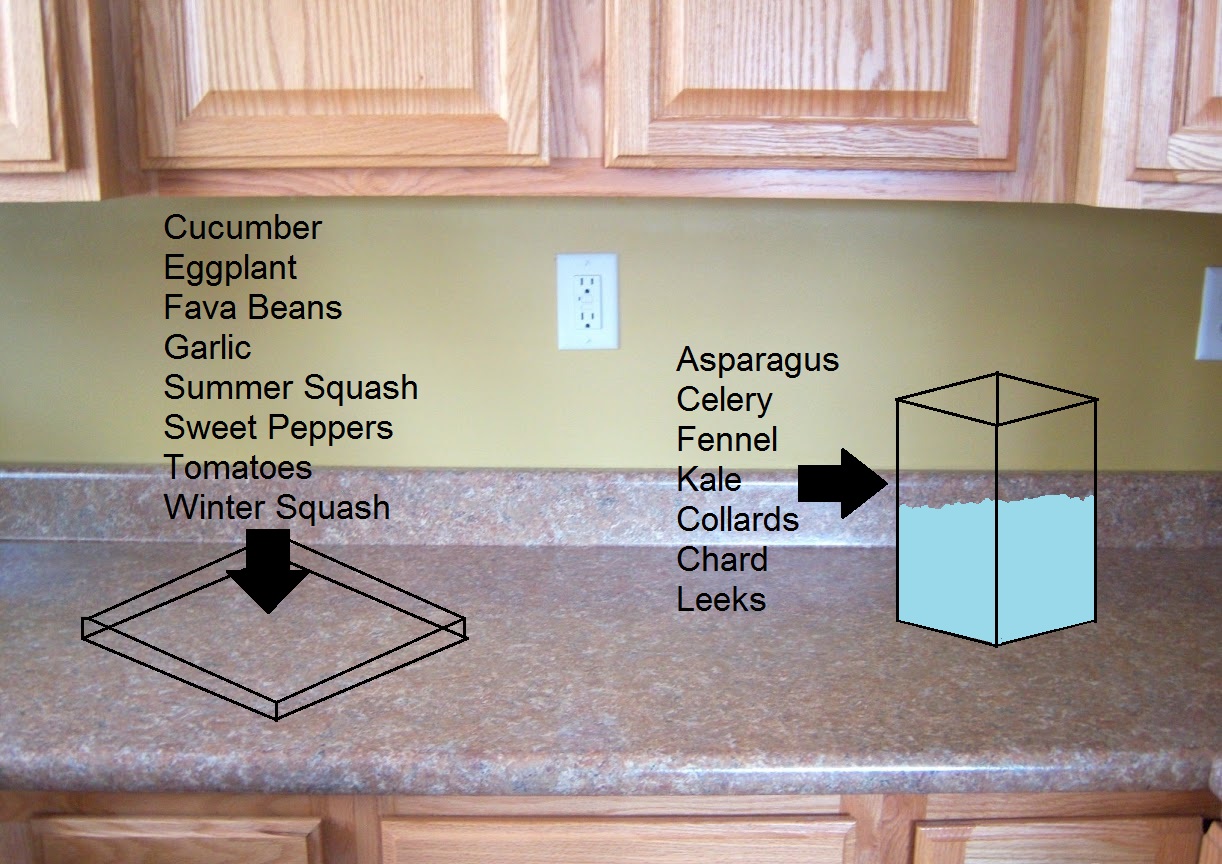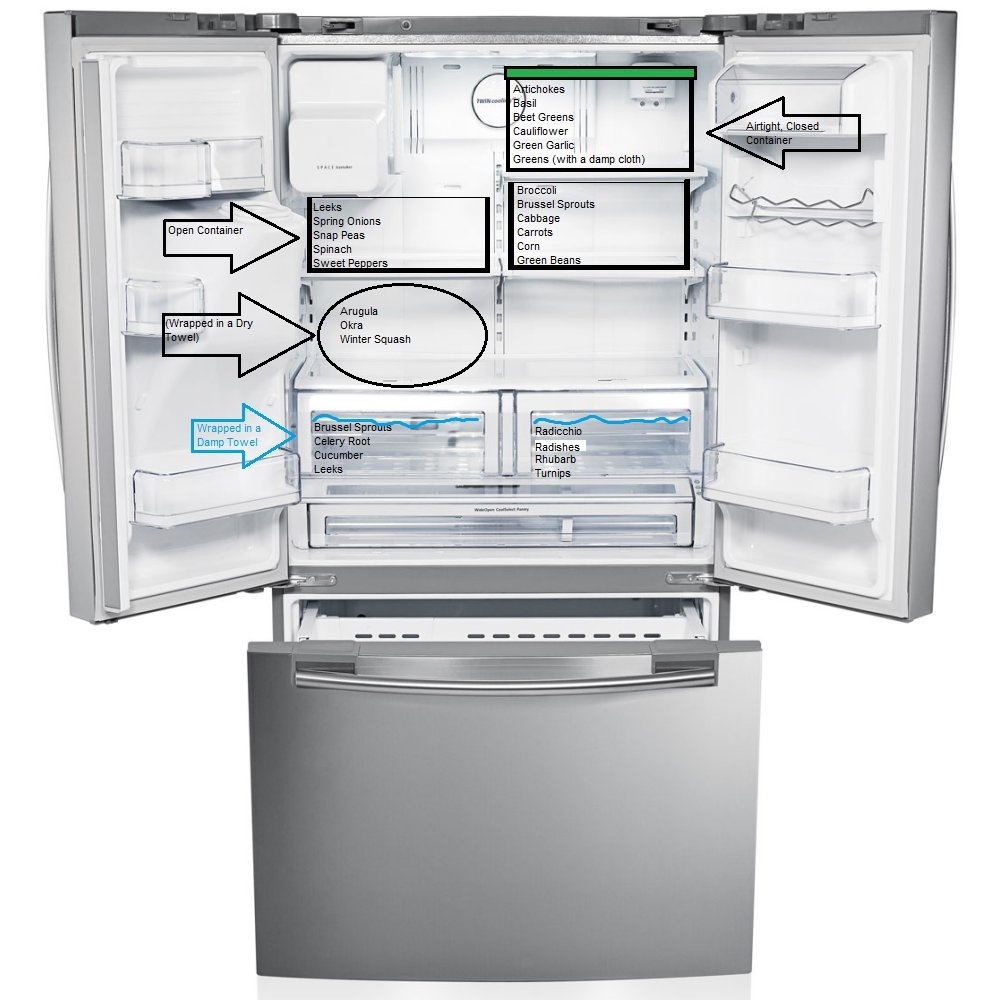09.03.2019
0600

Zero Waste Week is here! This year we have more participants and the event is hoping to reach a larger audience. Rachelle Strauss is the creator and director behind Zero Waste Week, an annual awareness campaign since 2008. It takes place in the first full week in September each year, and promotes awareness in producing rash and the disposal of trash. Zero Waste Week encourages the public to be more aware of how much trash they produce as well has encouraging people and businesses to live and work more sustainable and reduce their carbon footprint. She has been featured in The Guardian, National Geographic and The Sun for her efforts in promoting awareness for a more sustainable future.

This is my third year participating in Zero Waste Week as an ambassador. I’m so grateful and proud to be a part of this movement. There are many others who are and have been a part of this movement long before I came along, you can meet them at Zero Waste Week Ambassadors. You can also read all about this week and get involved at Zero Waste Week- About. Use the hashtag #ZeroWasteWeek to show us your progress!
This year, the theme is Climate Change, and our decisions that effect climate change.
Carbon dioxide (CO2) and other greenhouse gases always have been present in the atmosphere, keeping the earth hospitable to life by trapping heat. Yet, since the industrial revolution, emissions of these gases from human activity have accumulated steadily, trapping more heat and exacerbating the natural greenhouse effect.
As a result, global average temperatures have risen both on land and in the oceans, with observable impacts already occurring that foretell increasingly severe changes in the future. Polar ice is melting. Glaciers around the globe are in retreat. Storms are increasing in intensity. Ecosystems around the world already are reacting, as plant and animal species struggle to adapt to a shifting climate, and new climate-related threats emerge.

September 2, 2019, DAY 1:
This year’s topic is climate change.
An overwhelming body of scientific evidence paints a clear picture: climate change is happening, it is caused in large part by human activity, and it will have many serious and potentially damaging effects in the decades ahead. Scientists have confirmed that the earth is warming, and that greenhouse gas emissions from cars, power plants and other man made sources are the primary cause.

September 3, 2019, DAY 2
Reducing food waste and food packaging in the kitchen.
An estimated one third of all food produced in the world, goes to waste; that’s equivalent to 1.3 billion tons of food. This loss of food could be for a number of reasons, such as the fact that the foods never leave their farms, get lost or spoiled during transportation or are simply thrown away. When we waste food, we waste all of the energy and water used to used to produce the foods as well. Here are a few blog posts on my methods to deal with food waste and how purchase my food.
- Bulk Grocery Shopping Kit
- Zero Waste Shopping And Why
- How To Store Fruits And Vegetables Without Plastic Bags
- Food Waste And Composting

September 4, 2019, DAY 3
Climate change in the closet.
Choosing slow fashion has been a hot topic in the past few years. The textile industry. is one of the most polluting industries, producing 1.2 billion tonnes of CO2 equivalent ( CO2e ) per year, which is more emissions than international flights and maritime shipping. Over 60% of textiles are used in the clothing industry and a large proportions of clothing manufacturing occurs in China and India, countries which rely on coal-fueled power plants, increasing the footprint of each garment. It has been stated that around 5% of total global emissions come from the fashion industry.
Fast fashion is produced on shorter time frames with new designs appearing every few weeks to satisfy demand for the latest trends, but with this comes increased consumption and more waste. It has been estimated that there are 20 new garments manufactured per person each year and we are buying 60% more than we were in 2000.
By choosing to shop at thrift shops, or swapping with friends and neighbors, helps reduce the amount of newly manufactured clothing brought into the home, and it helps reduce the amount of clothing that ends up in the landfill.
Below are a few blog posts related to fast fashion, and how I deal with that issue. I love every piece of my wardrobe and I try to repair my clothes as often as I can, to lengthen the life of my garments. I buy new clothes very seldom, because thrift shops offer so much more variety to chose form.
- Hand Sewn Repairs
- Repairing Versus Buying
- Zero Waste Closet Part III
- Konmarie Method
- Fast Fashion
- Mending Items Versus Buying Items
- Sustainable Fashion

September 5, 2019, DAY 4
Climate change in the bathroom?
The U.S. Environmental Protection Agency names phosphorus, nitrogen, ammonia and chemicals grouped under the term “Volatile Organic Compounds” as the worst environmental hazards in household cleaners.
Ammonia is a multipurpose household cleaner that is found in many cleaning products that do everything from degreasing to sanitizing and removing allergens.
Household cleaning seems to be a sensitive subject for many. There are a variety of sanitary concerns and medical concerns. As for me, I use a vinegar and water mix, baking soda and a bristle brush to clean.
You can read more about my approach to household cleaning in the links below.
- Zero Waste Cleaning
- A Zero Waste Bathroom
- Bulk Bathroom Shopping Kit
- Bathroom Update
- Toilet Paper Is Not Zero Waste
- What I Stopped Buying- Bathroom Items
- Plastics In The Bathroom

September 6, 2019, DAY 5
The zero waste lifestyle is a lifestyle change.
Zero Waste is for life, not just a week! Plastic pollution, trash pollution, water and soil pollution is an ongoing battle. A zero waste lifestyle does require an awareness of oneself and decisions. There are parameters that some of us deal with, and that others don’t, such as medical conditions, personal health and financial constraints.
The proliferation of single-use plastic around the world is accelerating climate change. Plastic production is expanding worldwide, fueled in part by the fracking boom in the US. Plastic contributes to greenhouse gas emissions at every stage of its life cycle, from its production to its refining and the way it is managed as a waste product
By reducing your plastic waste, plastic purchases, and opting for more environmentally friendly alternatives, can help alleviate the amount of plastic waste you produce. Also, by choosing slow fashion, and more sustainable garment materials, will also help lengthen the life of your wardrobe pieces and not contribute to the fast fashion industry. Additionally, using non-toxic alternative household cleaners, will also help your indoor air quality. Using non- toxic chemicals also will help keep Nitrogen, phosphorus and ammonia out of the rivers, streams, lakes and other waterways.
If you want to read about my moments and lessons throughout my zero waste journey, you can check out the links to my previous blog posts below.
- A Zero Waste Lifestyle
- Seven Tips To Begin A Zero Waste Lifestyle
- Zero Waste And Minimalism
- Spreading the Zero Waste Word
- Sometimes You’ll Produce Trash
- Zero Waste Tips And Habits
- How To Reduce Waste In Your Home
- Zero Waste Lifestyle Commitment

I hope you will want to take the pledge and reduce the amount of trash you consume, and reduce your carbon footprint. If you want to read about my journey and how I got started, you can read that here in, How I Got Started.
September 2- September 6, is #ZeroWasteWeek – Sign up here! goo.gl/oqHvRk. Isn’t it time to ReThink Waste? We think so! Join @myzerowaste for this year’s #ZeroWasteWeek goo.gl/oqHvRk. Come participate with all of us!
At the end of the week’s festivities, it’s time to take all you’ve learned during the week and start/continue your own plastic free and climate change journey. There are a lot of Pinterest boards, Facebook Groups and forums that offer tips to start a zero waste lifestyle or tips for different experiences with the zero waste lifestyle. You can check out my own social media boards and follow me, or you can follow the Zero waste Week community on Facebook, Twitter, Pinterest, and Instagram.



